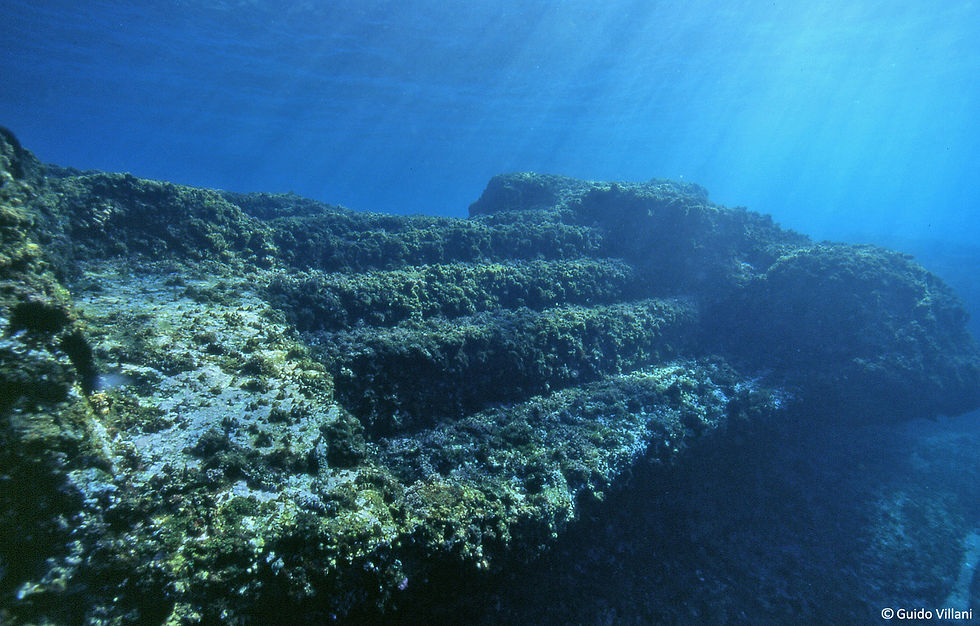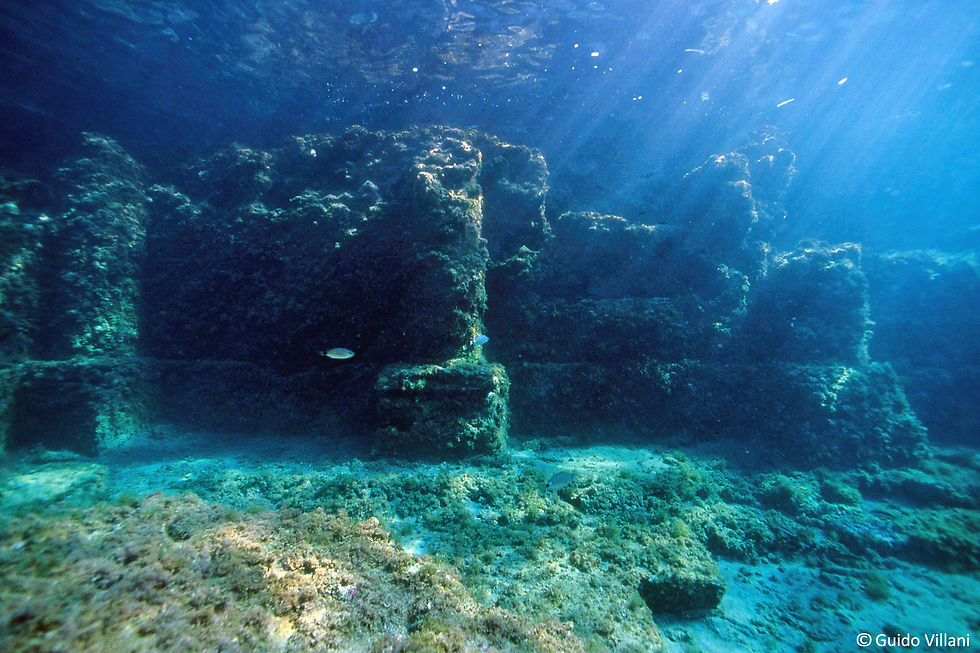
ARCHEOLOGY
Even today, the beauty of the landscape that characterizes the stretch of Posillipo coast gives the visitor an extraordinary glance, which has always enchanted the people who have been here. Due to the amenity of the place, the beauty of the landscape and the proximity to the commercial port of Baia and the military port of Miseno, starting from the 1st century BC this coast was densely inhabited, as demonstrated today by the numerous Roman remains visible above and below the sea surface. The name of the hill itself derives from the Villa d’otium of Pausilypon, whose remains have been identified in the area that goes from the promontory of Trentaremi to the village of Marechiaro. The Villa was built by the Roman knight Publio Vedio Pollio in the 1st century BC. After his death (15 BC), it became part of the imperial possessions under Octavian Augustus, undergoing changes and extensions over time.
On the seabed of the AMP, a few meters deep, various Roman structures are still visible today, such as remains of landings, nymphaeums, walkways and fish ponds, which were fish farming tanks very popular among the Roman aristocracy between the end of the 2nd century BC and the 1st century AC. The fish ponds are tragically known for the anecdote that Seneca and Pliny handed down to us: the perfidious Pollio used to throw distracted slaves to the moray eels in the fish ponds, that occupied a vast surface of seabed to the east of the islands of Gaiola.
Moving further east, towards the village of Marechiaro, the remains of a maritime villa, known as the “House of the Spirits”, stand out along the coast emerging from the sea with all its charm and austerity.




